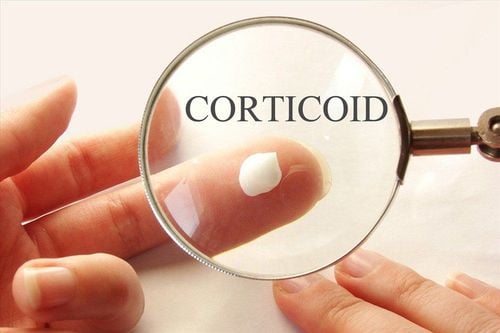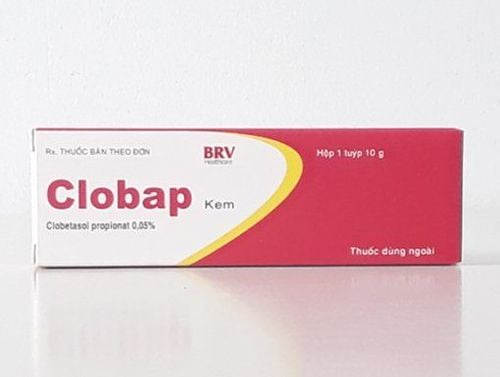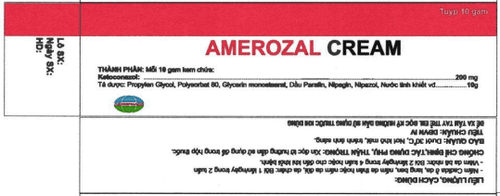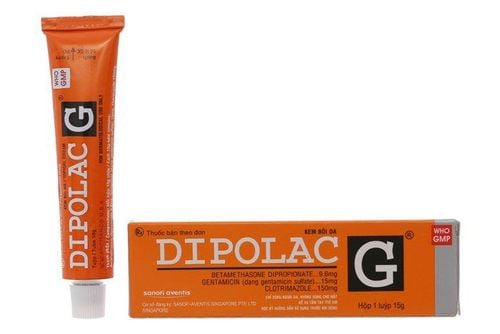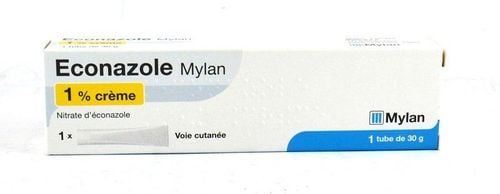This is an automatically translated article.
The article was written by MSc. Pharmacist Nguyen Le Trang - Faculty of Pharmacy - Vinmec Times City International HospitalUses: antifungal drug of the imidazole group, has a fungicidal effect at normal concentrations, kills fungi at high concentrations after prolonged incubation or on very sensitive fungi. Ketoconazole is effective against many pathogenic fungi such as Candida, Balstomyces dermatitidis, Coccidioides immitis, Histoplasma capsulatum, Trichophyton mentagrophytes...
Mechanism of action: inhibits the activity of cytochrome P450 which is an enzyme system necessary for the reduction of enzymes. sterols into the main ergosterol of the fungal cell membrane, thereby altering the permeability and function of the cell membrane. The drug is rapidly absorbed from the gastrointestinal tract, preferably at an acidic pH. In fasting healthy adults, the bioavailability of the drug in the form is usually equal to that of the suspension and lower than that of the solution. The drug is partially metabolized in the liver to inactive metabolites. The drug is eliminated mainly via bile and feces.
The drug exists in many forms: topical cream/gel, shampoo, oral tablet
Indications:
Topical:
Treatment of fungal skin and mucous membranes (systemic thrush, seborrheic dermatitis, oral candidiasis) ..)
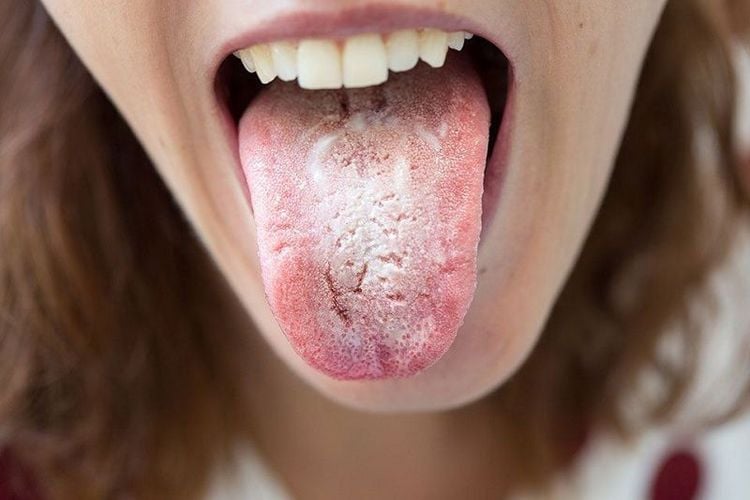
Contraindications and cautions
Contraindicated in case of hypersensitivity to the drug and any ingredient in the formulation.
Ketoconazole can be toxic to the liver so it should not be used by people who already have liver disease. Liver complications are more common in the elderly, women, alcoholics or have impaired liver function due to other causes. Liver function tests AST (SGOT), ALT (SGPT), alkaline phosphatase, γ-glutamyltransferase (γ-glutamyltranspeptidase, GGT, GGTP) and bilirubin should be checked before starting ketoconazole therapy and thereafter, every 2 weeks during the first 2 months and every month or every 2 months, especially in those at high risk. Because ketoconazole also has the ability to inhibit steroid synthesis and vitamin D metabolism, long-term treatment in children should be used with extreme caution.
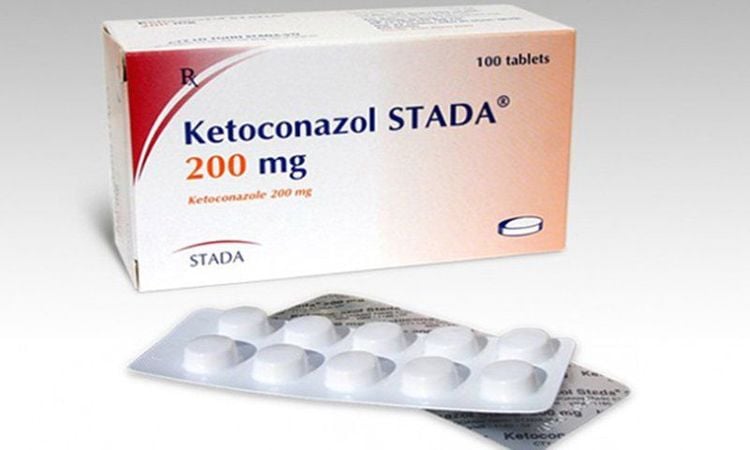
Notes in the process of using the drug
The drug has many interactions with other drugs.
Interactions with drugs that affect gastric acidity
Since gastric acidity is necessary for the dissolution and absorption of ketoconazole, if taken with drugs that reduce acidity or increase gastric pH (such as antacids, inhibit acid secretion) may reduce the absorption of antifungal drugs. If it is necessary to use drugs that affect gastric acidity or sucralfate in a patient being treated with ketoconazole, these drugs should be given at least 2 hours after taking ketoconazole
Interactions with drugs metabolized through the liver because ketoconazole is a strong inhibitor of CYP3A4 which is an enzyme that metabolizes many drugs: increases the anticoagulant effect causing the risk of bleeding due to the coumarin group of anticoagulants, increases the concentration of ciclosporin, midazolam; A sharp increase in the concentration of sildenafil causes hypotension, changes in visual acuity, increases in the concentration of quinidine, methadone increases the risk of QT prolongation, arrhythmias, torsades de pointes.
If you have a need for consultation and examination at Vinmec Hospitals under the national health system, please book an appointment on the website for service.
Please dial HOTLINE for more information or register for an appointment HERE. Download MyVinmec app to make appointments faster and to manage your bookings easily.





